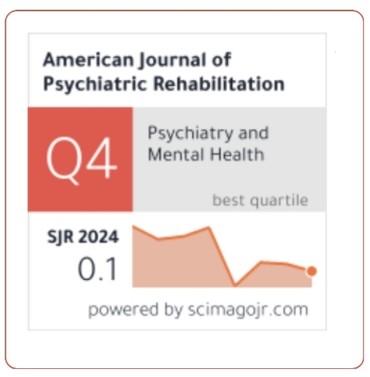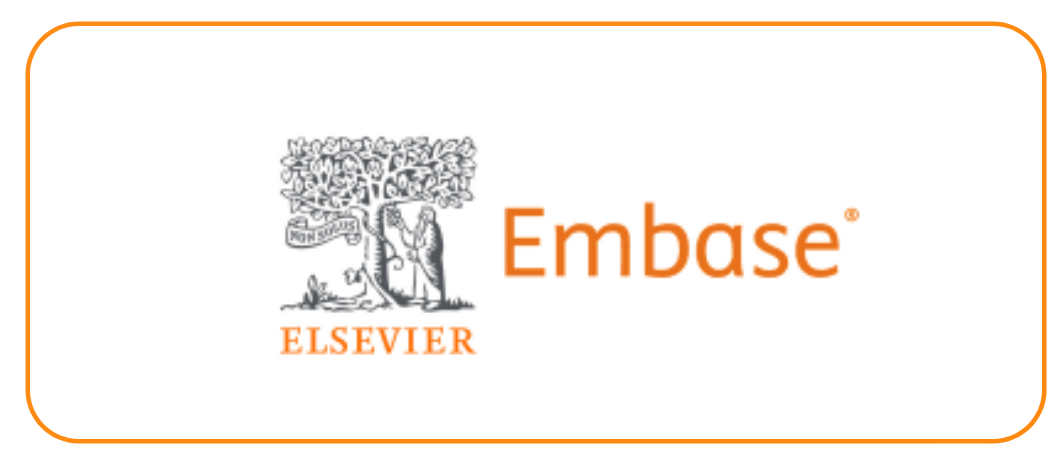Design and Optimization of Liposomal Diclofenac Sodium Formulations Using Box–Behnken Experimental Design for Controlled Drug Release
DOI:
https://doi.org/10.69980/ajpr.v28i2.700Keywords:
Liposomal Diclofenac Sodium, Box-Behnken Design, controlled release, encapsulation efficiency, sustained drug deliverAbstract
Objective: To optimize liposomal formulations of Diclofenac Sodium for controlled release using a Box-Behnken Design (BBD) to address challenges of poor bioavailability, rapid clearance, and gastrointestinal toxicity associated with non-steroidal anti-inflammatory drugs (NSAIDs).
Methods: Liposomes were prepared via thin-film hydration, with lipid-to-drug ratio, cholesterol content, and sonication time as independent variables. Responses included particle size, polydispersity index (PDI), encapsulation efficiency (EE), and 24-hour drug release. The BBD was employed to evaluate variable interactions and optimize formulation parameters. Physicochemical properties were characterized using Dynamic Light Scattering (DLS), Differential Scanning Calorimetry (DSC), and Transmission Electron Microscopy (TEM). In vitro release kinetics were analyzed using the Korsmeyer-Peppas model.
Results: The optimized formulation (lipid-to-drug ratio 12:1, cholesterol 35%, sonication time 14 min) achieved a particle size of 132.6 ± 3.5 nm, PDI of 0.15 ± 0.01, EE of 88.2 ± 1.5%, and 24-hour drug release of 31.5 ± 1.2%, compared to >90% for free Diclofenac Sodium. DLS, DSC, and TEM confirmed stable, uniform small unilamellar vesicles with minimal drug-lipid interactions. The Korsmeyer-Peppas model indicated anomalous transport (n = 0.62, R² = 0.98). BBD analysis showed significant variable interactions (p < 0.05), validating robust optimization.
Conclusion: The optimized liposomal formulation demonstrated superior encapsulation efficiency and sustained release compared to prior studies, effectively addressing NSAID delivery limitations. Future in vivo studies and active targeting strategies are recommended to confirm therapeutic efficacy and facilitate clinical translation.
References
1. Adler-Moore, J., & Proffitt, R. T. (2002). AmBisome: Liposomal formulation, structure, mechanism of action and pre-clinical experience. Journal of Antimicrobial Chemotherapy, 49(Suppl. 1), 21–30. https://doi.org/10.1093/jac/49. Suppl _1.21
2. Allen, T. M., & Cullis, P. R. (2013). Liposomal drug delivery systems: From concept to clinical applications. Advanced Drug Delivery Reviews, 65(1), 36–48. https://doi.org/10.1016/j.addr. 2012.09.037
3. Bangham, A. D., Standish, M. M., & Watkins, J. C. (1965). Diffusion of univalent ions across the lamellae of swollen phospholipids. Journal of Molecular Biology, 13(1), 238–252. https://doi. org/10.1016/S0022-2836(65) 80093-6
4. Barenholz, Y. (2012). Doxil®—The first FDA-approved nano-drug: Lessons learned. Journal of Controlled Release, 160(2), 117–134. https://doi. org/10.1016/j.jconrel.2012.03.020
5. El-Serag, H. B. (2011). Hepatocellular carcinoma. New England Journal of Medicine, 365(12), 1118–1127. https://doi.org/10.1056/NEJMra1001683
6. Ferrero-Miliani, L., Nielsen, O. H., Andersen, P. S., & Girardin, S. E. (2007). Chronic inflammation: Importance of NOD2 and NALP3 in interleukin-1β generation. Clinical & Experimental Immunology, 147(2), 227–235. https://doi.org/10.1111/ j.1365-2249.2006.03261.x
7. Gabizon, A., Shmeeda, H., & Barenholz, Y. (2003). Pharmacokinetics of pegylated liposomal doxorubicin. Clinical Pharmacokinetics, 42(5), 419–436. https://doi.org/10.2165/00003088-200342050-00002
8. Huang, S. K., Stauffer, P. R., Hong, K., Guo, J. H., Phillips, T. L., Huang, A., & Papahadjopoulos, D. (1992). Liposomes and hyperthermia in mice: Increased tumor uptake and therapeutic efficacy of doxorubicin in sterically stabilized liposomes. Cancer Research, 52(4), 677–681.
9. Lasic, D. D. (1993). Liposomes: From physics to applications. Elsevier.
10. Lawrence, T. (2009). The nuclear factor NF-κB pathway in inflammation. Cold Spring Harbor Perspectives in Biology, 1(6), Article a001651. https://doi.org/10.1101/cshperspect.a001651
11. Libby, P. (2012). Inflammatory mechanisms: The molecular basis of inflammation and disease. Nutrition Reviews, 65(12), S140–S146. https:// doi.org/10.1111/j.1753-4887.2007.tb00352.x
12. Mantovani, A., Allavena, P., Sica, A., & Balkwill, F. (2008). Cancer-related inflammation. Nature, 454(7203), 436–444. https://doi.org/10.1038/ nature07205
13. Medzhitov, R. (2008). Origin and physiological roles of inflammation. Nature, 454(7203), 428–435. https://doi.org/10.1038/nature07201
14. Mitchell, J. A., Akarasereenont, P., Thiemermann, C., Flower, R. J., & Vane, J. R. (1993). Selectivity of nonsteroidal anti-inflammatory drugs as inhibitors of constitutive and inducible cyclooxygenase. Proceedings of the National Academy of Sciences, 90(24), 11693–11697. https://doi.org/10.1073/pnas.90.24.11693
15. Moghassemi, S., & Hadjizadeh, A. (2014). Nano-niosomes in drug, vaccine and gene delivery: A rapid overview. Nanomedicine Journal, 1(1), 1–15.
16. Sostres, C., Gargallo, C. J., Arroyo, M. T., & Lanas, A. (2010). Adverse effects of non-steroidal anti-inflammatory drugs (NSAIDs, aspirin and coxibs) on upper gastrointestinal tract. Best Practice & Research Clinical Gastroenterology, 24(2), 121–132. https://doi.org/10.1016/j.bpg.2009.11.005
17. Takeuchi, O., & Akira, S. (2010). Pattern recognition receptors and inflammation. Cell, 140(6), 805–820. https://doi.org/10.1016/j.cell. 2010.01.022
18. Torchilin, V. P. (2005). Recent advances with liposomes as pharmaceutical carriers. Nature Reviews Drug Discovery, 4(2), 145–160. https:// doi.org/10.1038/nrd1632
19. Whitesides, G. M. (2006). The origins and the future of microfluidics. Nature, 442(7101), 368–373. https://doi.org/10.1038/nature05058
Downloads
Published
Issue
Section
License
Copyright (c) 2025 American Journal of Psychiatric Rehabilitation

This work is licensed under a Creative Commons Attribution 4.0 International License.
This is an Open Access article distributed under the terms of the Creative Commons Attribution 4.0 International License permitting all use, distribution, and reproduction in any medium, provided the work is properly cited.









